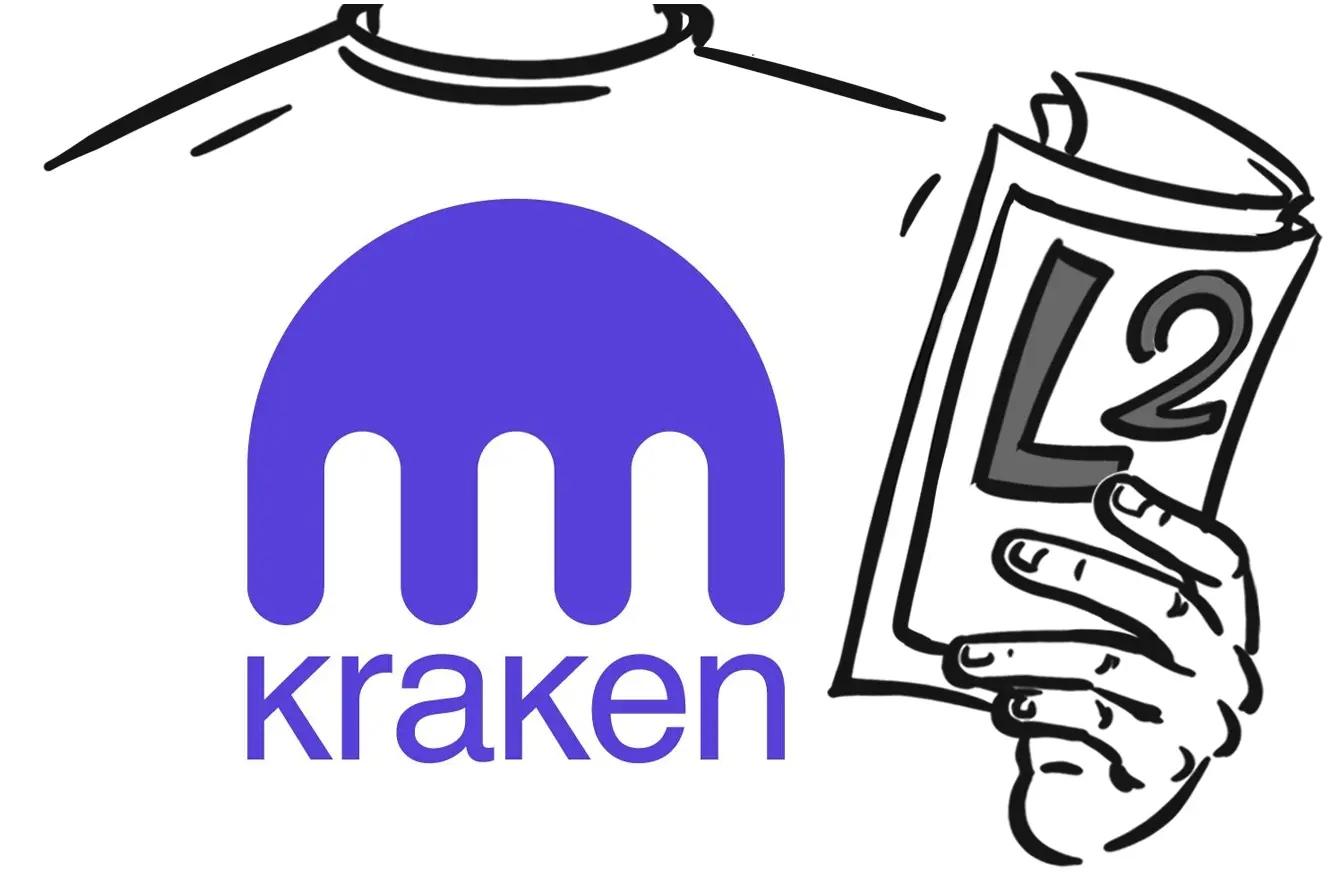
It appears that Kraken is gearing up to enter the Layer 2 (L2) market. Several media outlets have reported that the exchange is engaging with potential development partners such as Polygon, Matter Labs, and the Nil Foundation to leverage their technology.
According to the company's job board, it is actively seeking a Senior Cryptography Engineer to assist with the “design and implementation of Layer 2 solutions.” Additionally, the job description reveals that Kraken is “enthusiastic about open-source, Layer 2 technologies.”
However, when directly asked about the company’s plans, Kraken officials neither confirmed nor denied the rumors.
In August, Kraken’s competitor Coinbase launched its own L2 network named Base, built with OP Stack in collaboration with Optimism. According to data from L2BEAT, Base is currently the third-ranked Layer 2 network by TVL, having secured a value of $570 million. A significant driver of Base’s growth has been the introduction of the popular Friend.tech app on the platform.
Apart from Base, there are 31 other active L2 networks, collectively holding a TVL of over $12 billion.
But why are exchanges suddenly launching their own L2 networks? The answer is actually pretty straightforward; to expand their ecosystems and generate additional revenue from transaction fees.
By launching its own L2 network, Coinbase diversified beyond its primary exchange business, drawing both developers and new users to its blockchain. Many of those who use Base might not have been Coinbase customers, but now they are actively engaged with applications on Base, or better still, they are building dApps on the Base L2 themselves.
Moreover, Coinbase operates the sole sequencer for this L2 network, effectively collecting all transaction fees. A sequencer is essentially a server that organizes transactions generated off-chain and submits them to the Ethereum blockchain. Since its inception, the exchange has made almost $5 million in profit from network transactions, which is quite impressive for a platform that is only a few months old.
While the launch of new networks often generates excitement and perceived opportunities, some users have raised valid concerns about the proposition. All of the current L2 networks operate as separate, often competing, ecosystems with no interoperability. Moving funds between different L2 networks can be a cumbersome process in the present market.
This situation is not expected to change any time soon, and the emergence of more L2s will likely further fragment liquidity in the Ethereum ecosystem.
Despite this, the creation of new L2s appears to be unstoppable, as to many they represent the future of Ethereum. We are already seeing more transactions on L2s than on the main chain, and with their higher throughput and lower transaction costs, L2s seem to currently be the best way forward for Ethereum scaling.

